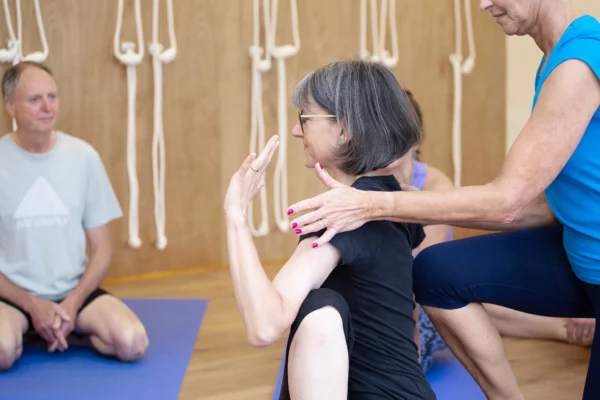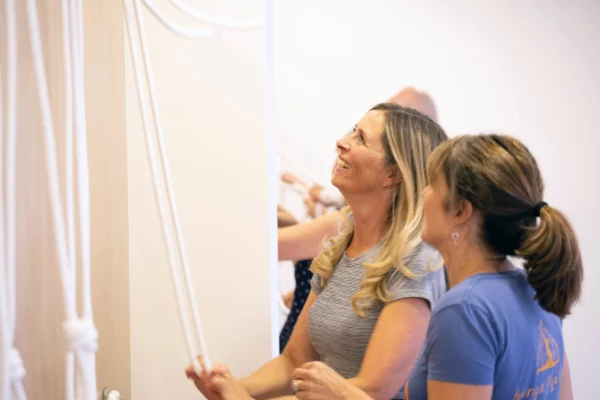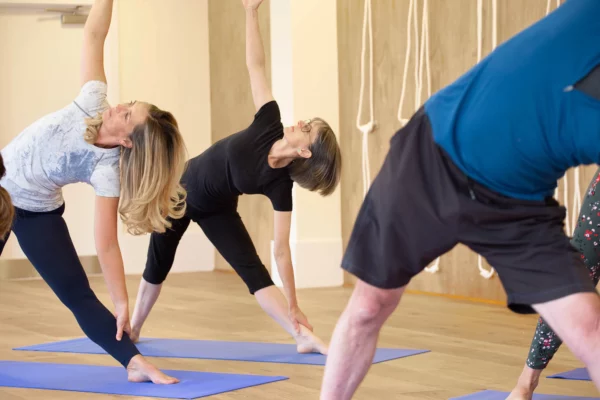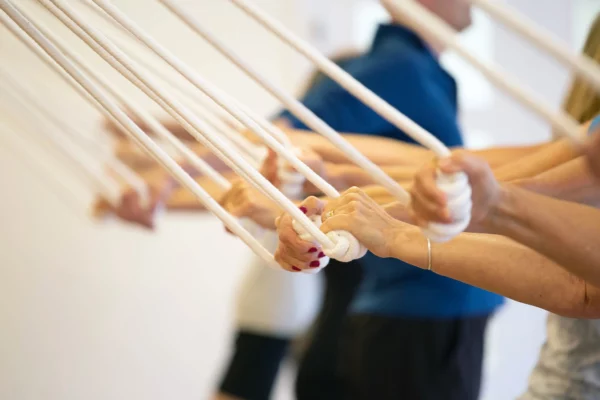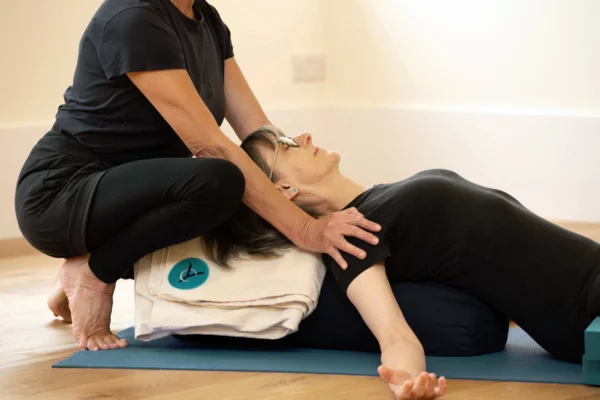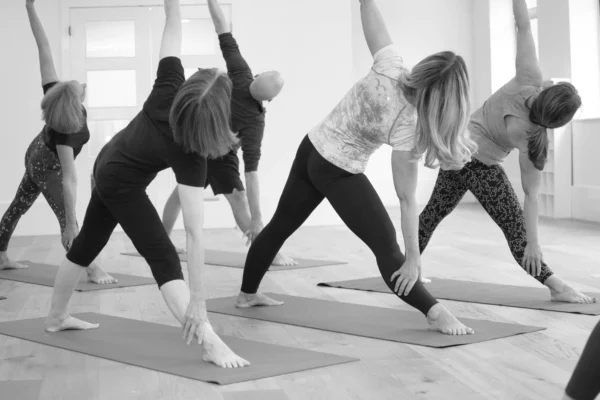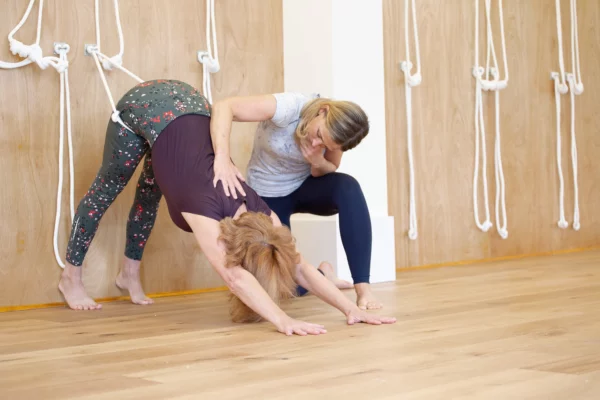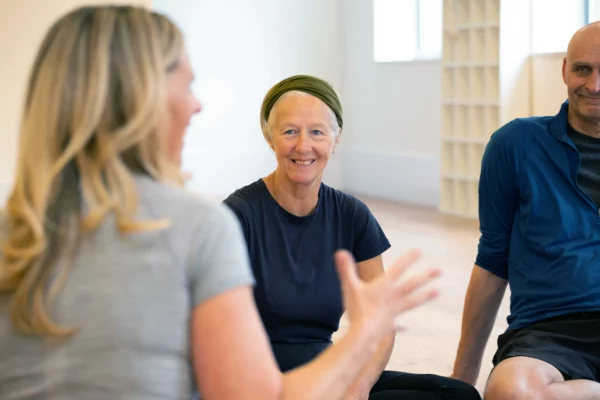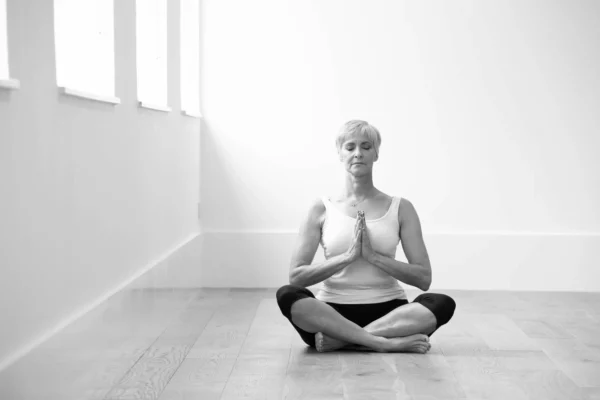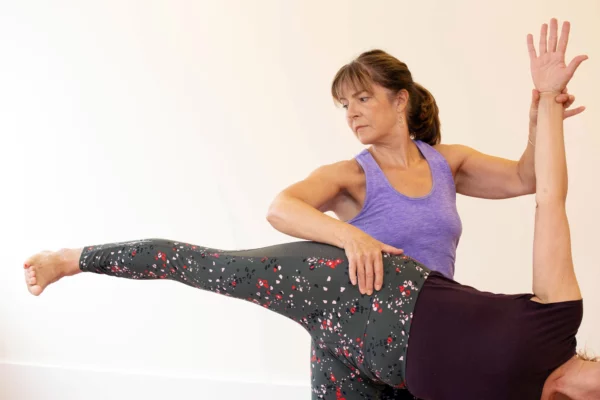Below you will find answers to a range of questions from “what is Iyengar yoga?” to “how can yoga fit into my life”? Should a question you have not be answered below, please do drop us an email and we’ll be more than happy to help with your query.
What is Iyengar Yoga?
What is Iyengar yoga?
Iyengar yoga is characterised by precision and alignment in the execution of the postures (asanas). The teacher considers the sequence of the asanas, the length of time each is held and the use of props, if required, to help a student gain maximum benefit. Yoga postures might be held for slightly longer than in some other styles in order to stretch and relax muscles and to develop awareness. Yoga props such as blankets, blocks and belts may be used to improve understanding of poses or to support with any difficulties.
In particular, Iyengar yoga concentrates on postural alignment and body awareness. This is not just to align one body part with another but also to achieve proper functioning of the whole person. If the body is aligned with precision then the breath is aligned with the same precision. If the breath is balanced then the mind, emotions and senses become balanced.
Iyengar yoga classes do not follow a set programme. Teachers will select yoga poses from the different groups to build up a balanced practice session. However the approach to teaching is the same worldwide. This means a student can go to any class and fit in immediately.
What happens in an Iyengar yoga class?
In general the class will start with a few moments of quiet to prepare for the yoga. This is followed by some preliminary asanas to mobilise the body, open and activate the body and to quieten the brain to encourage a focused, concentrated state of mind. Most classes usually involve some standing postures. Through these asanas one learns the fundamentals of how to adjust and align the body correctly. This has to be learnt before more advanced postures can be mastered. Standing poses form the foundation of even the most advanced postures and have to be studied continuously. The class might then focus on special postures including back bends, more standing postures, forward bends, inverted postures or recuperative postures which prepare the student for the practice of pranayama or breath control.
What are the beneficial effects of Iyengar Yoga?
With regular guided practice the effects are a general feeling of physical health and psychological and mental well-being. This is not to say that ill-health will not arise, it may. If it does it is likely that yoga will help one to face it and manage it better. The focus of Iyengar yoga on postural alignment can alleviate postural/structural problems. It can also release emotional tensions. The effort and attention to detail required increases concentration and focus. This helps to relieve the mind and body of stress. It can also help to develop a deeper knowledge of your inner self and so lead to greater self-confidence.
What sort of training do Iyengar teachers undertake?
Only certified teachers teach genuine Iyengar yoga. All of our teachers hold the Iyengar Yoga Teachers Certification Mark, a sign of excellence, clarity and depth of understanding, and all are fully insured.
All Iyengar yoga teachers undergo a well-organised, rigorous programme of training lasting at least 3 years. After the initial Level 1 Certificate mentoring and learning continues to develop further understanding and experience before undertaking the next levels of certification – 2 and 3.
All teachers are encouraged to visit the Ramamani Iyengar Memorial Yoga Institute (RIMYI) in Pune, India to study with the Iyengar family, and to take part in the therapy classes under the watchful eyes of Abhijata Iyengar.
Should I worry about injuring or straining myself?
The high standard of teacher training ensures students are in safe hands. Students will often say they walk away from an Iyengar yoga class feeling straighter and full of energy despite having worked quite hard.
Can Iyengar yoga help medical conditions?
Mr Iyengar achieved remarkable success in the treatment of a wide range of medical conditions, ranging from muscular-skeletal conditions through to emotional problems. He has passed much of this knowledge on to his Senior teachers. It is important to note that only teachers who hold Senior qualifications and who have the necessary experience can give help to students with serious conditions: Jill is a qualified yoga therapist and has undertaken three years of therapy training at Senior level including attending the therapy classes at the Iyengar Institute in Pune.
What is pranayama?
Pranayama is normally taught in a specific class. Students usually begin pranayama after a year or two of regular asana practice although observation of normal breathing patterns and some basic pranayamas may be introduced during the relaxation/recuperative period at the end of each asana class.
Are other styles practised at Cheshire Yoga?
We are building our programme and hope to have a range of yoga styles available soon.
How can yoga fit into my life?
The common misconception is that you have to be flexible to do yoga. The opposite is true. Yoga will help whatever your state of health or fitness. Iyengar yoga uses props to enable everyone to access the poses and obtain their benefits.
Yoga really is for everyone.
We have a full weekly timetable with plenty of options for classes of all abilities for you to choose from.

